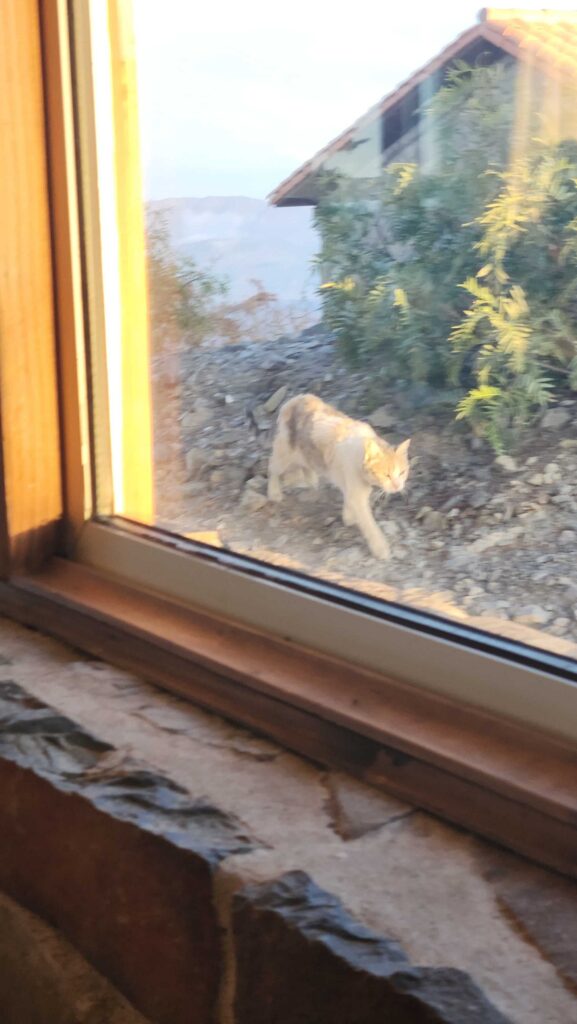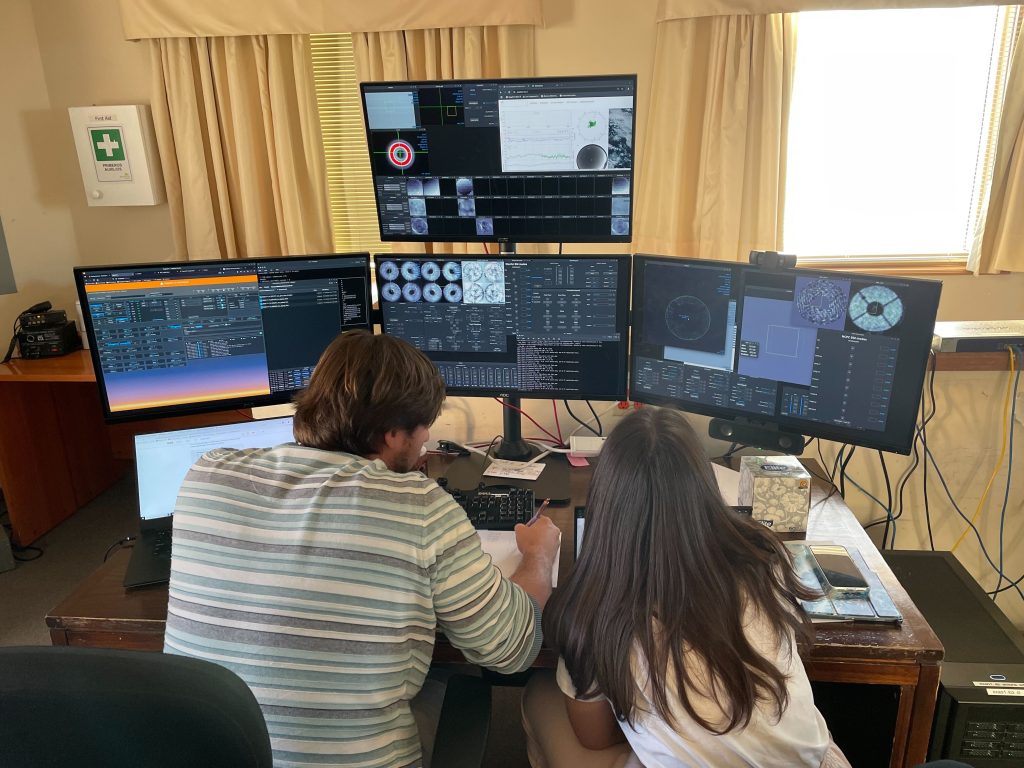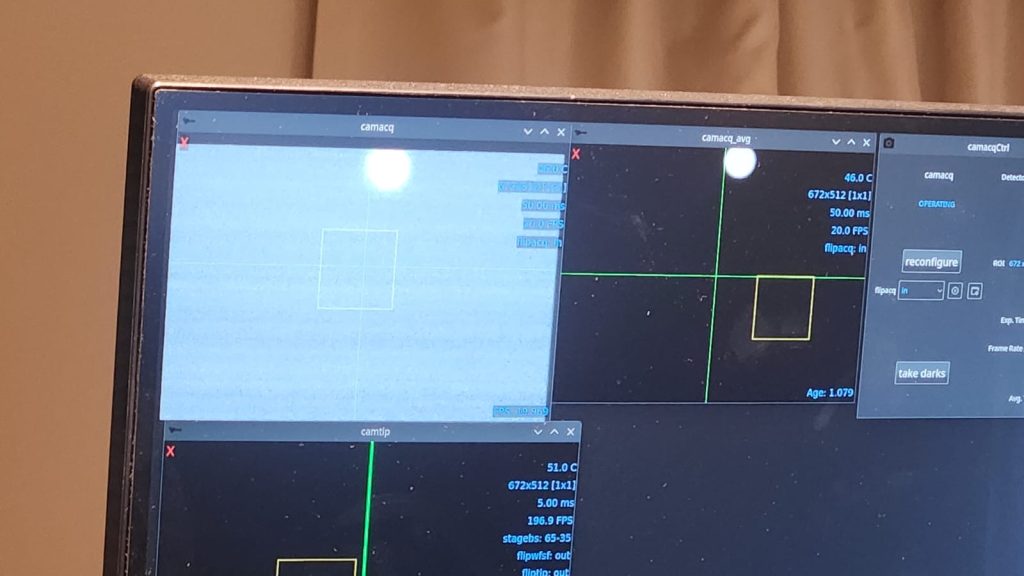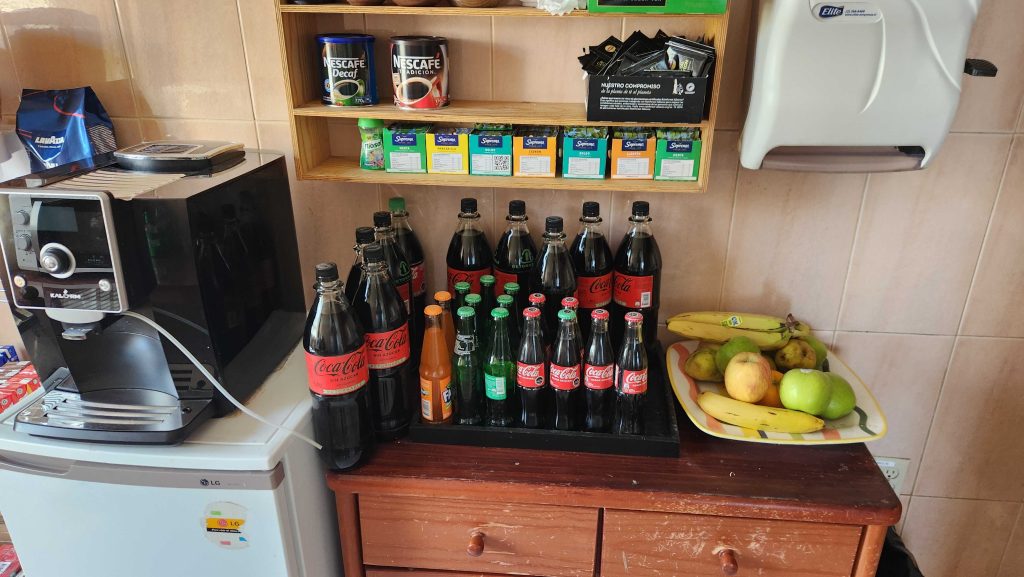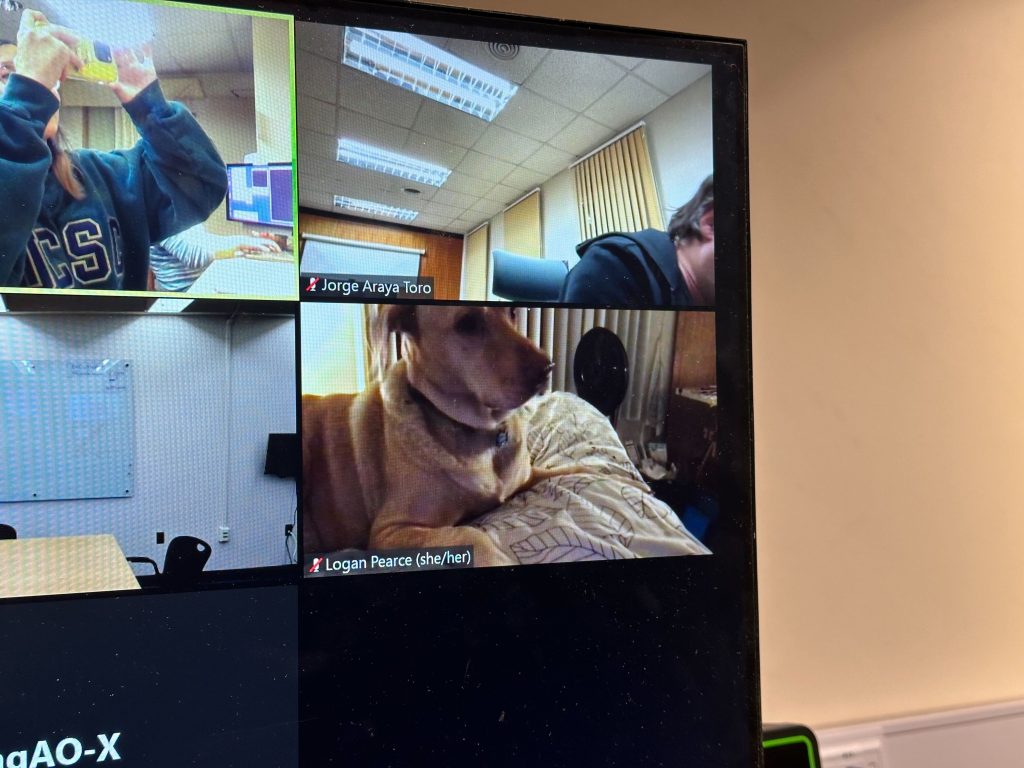You wouldn’t guess it but it was already our third night at the telescope. Which means it was also my third day (night) here at Las Campanas Observatory. I arrived as an extremely fresh (and hopeful) astronomer on our first observing day. It was quite though to go through an almost 30hr journey to immediately observing. However, EFC duty called and I had to respond. I thought I would have been able to slowly ease into it, but I have been EFC’ing already for 3 nights straight. Luckily, the next 6 nights are also EFC nights. This means no breaks for me for at least the next week or so!

After two nights of great observations, it was time to do some engineering. This engineering block was all about commissioning our new Phase Induced Amplitude Apodization Complex Mask Coronagraphs, or PIAACMC for short. The PIAACMC is one of the most performant coronagraphs (if you can actually make it an align it). The PIAACMC has two sets of aspheric lenses that were designed by our one and only Warren Foster, MSc. These are mounted in only the most beautiful of optical mounts that one can imaging. They are also fully remotely controllable, which makes it possible for other people to actually use them. Since last year, Elena Tonucci has been working on getting the PIAACMC to work on-sky. One of the crucial missing pieces was the CMC (CM?) part of the PIAACMC. She uses fancy 2-photon polymerization additive manufacturing to make the focal plane complex mask.

All our troubles, or Elena’s troubles (I was just vibing along), were not for nothing. The new phase masks that were made resulted in much better performance! We were able to to get an order of magnitude better on-axis suppression than last year in the lab.

Our next step was to go on-sky. The first part of the night was great. However, just around the time of switching from Parker’s amazing Tau Ceti program to ours, the seeing started to cause problems. This was not great. We were going to try and image a challenging exoplanet target. Luckily, the seeing started to settle after about 10 minutes into our part of the night. We got really good data and I am excited to see some results.
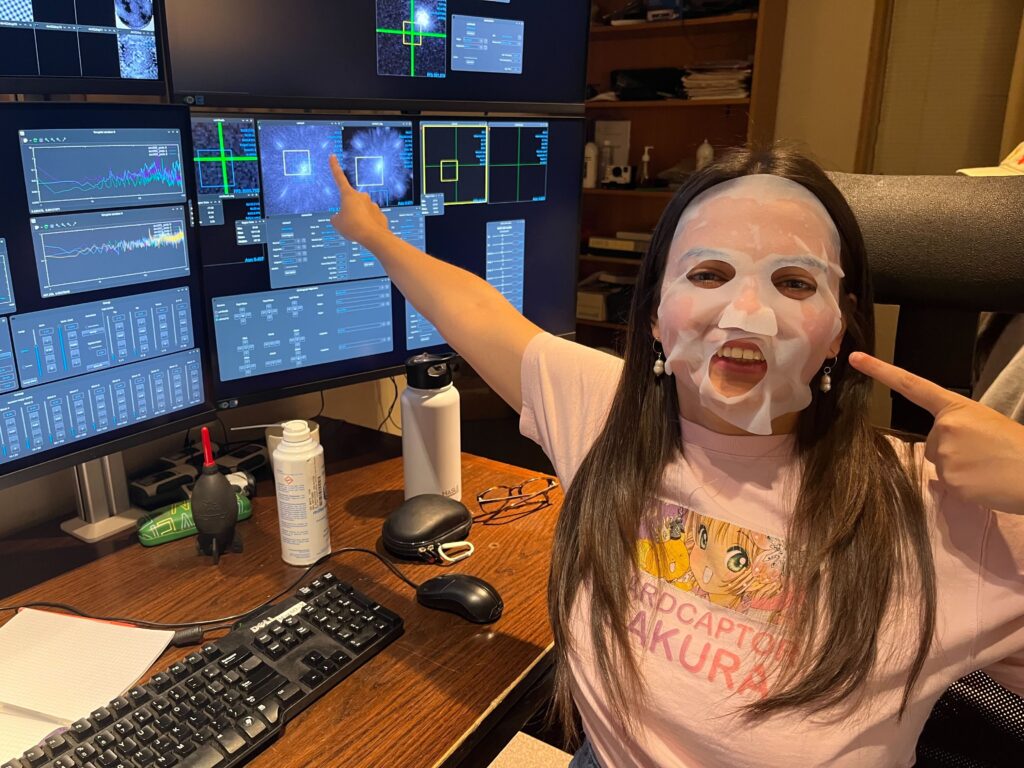
It is not always fun to look only at speckles. So, our night ended with about an hour or so of imaging close binaries. This was to convince ourselves that PIAACMC actually worked.

At the end of the night, I was passing on my wisdom of observing as many photons as you can each night. No photon left behind! Every photon is precious! The TO was getting a little nervous and started to ask if she could close the telescope because the sun was rising.
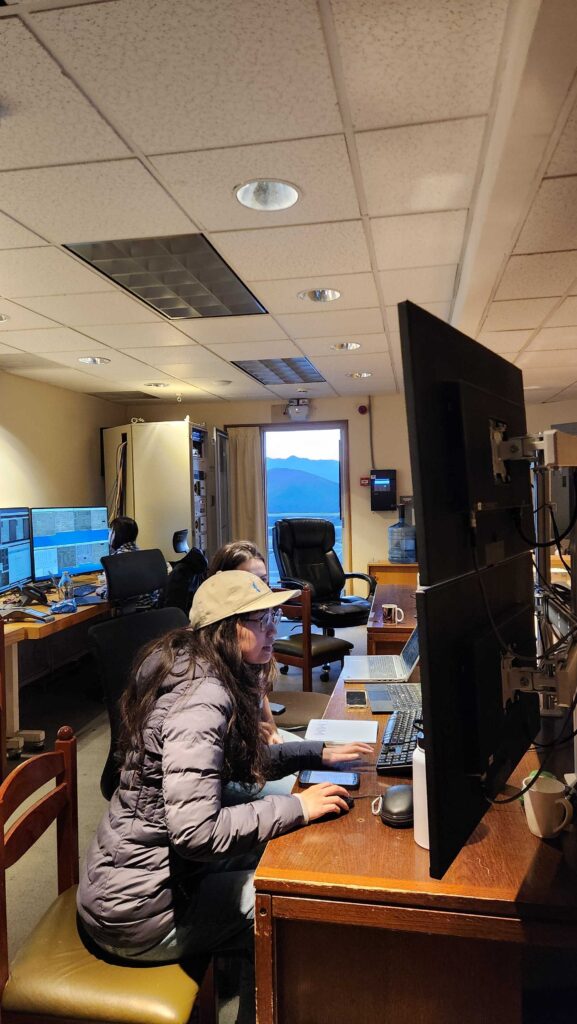
Fun fact: “Moretta muta”, an oval mask that women wear for Carnival in Venice has no straps to be fastened to the head. Instead, it has a button on the inner side that is held in the mouth and with that mask is held to the face.


